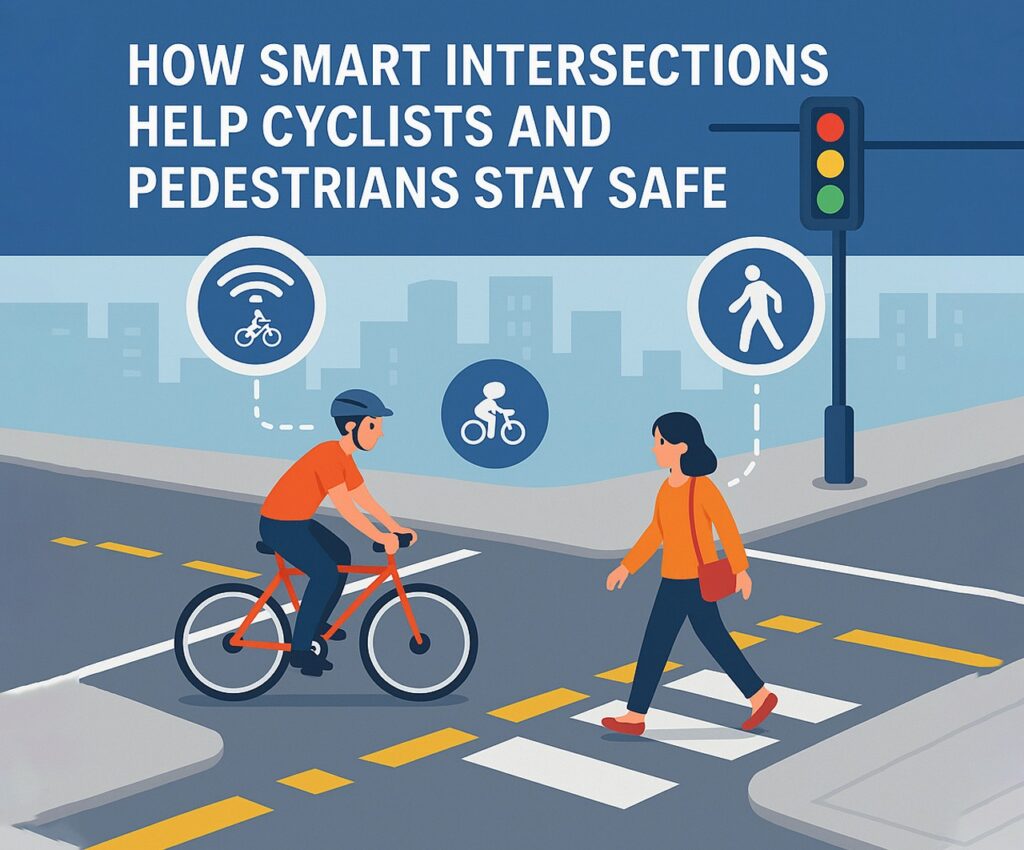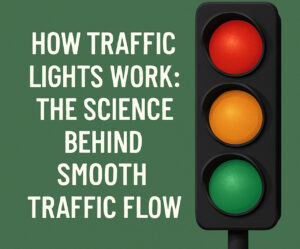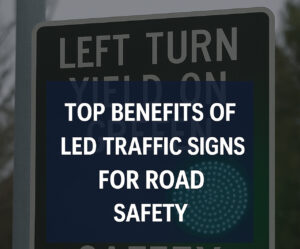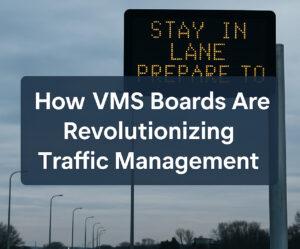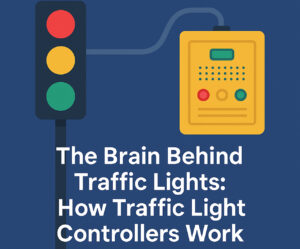In the age of intelligent infrastructure, cities are turning to innovative traffic solutions to protect their most vulnerable road users: cyclists and pedestrians. Cutting-edge technologies like the IoT based smart traffic management system, smart density based traffic light system, and smart traffic control system for ambulance are reshaping intersections into safer, more responsive environments. These systems don’t just benefit vehicles—they actively reduce risks for people on foot or bike, using real-time data and automation to prevent accidents before they happen. Know more..
The Challenge: Vulnerable Road Users at Risk
Intersections are where most urban accidents happen. For cyclists and pedestrians, these zones are often dangerous due to poor visibility, unpredictable driver behavior, and static traffic light patterns. Traditional signal systems treat all users the same, regardless of traffic flow, speed, or urgency.
A smart traffic control system for ambulance prioritizes emergency vehicles—but when paired with intelligent pedestrian sensors, it can also pause signals for cyclists or foot traffic until it’s safe again. That level of adaptive coordination is critical to reducing collisions.
What Is a Smart Intersection?
A smart intersection integrates hardware and software, relying on sensors, cameras, and cloud-based systems to detect and respond to real-time conditions. It communicates with nearby vehicles, mobile devices, and control centers.
Using an IoT based smart traffic management system, intersections collect data on traffic volume, weather, pedestrian presence, and vehicle types. This allows them to make intelligent decisions—like delaying a light change for a crossing pedestrian, or alerting drivers to nearby cyclists.
When an ambulance approaches, a smart traffic control system for ambulance can clear the path while protecting pedestrians and cyclists by holding signals on side streets.
Key Features That Protect Cyclists and Pedestrians
1. Real-Time Pedestrian Detection
Motion and thermal sensors, often powered by an IoT based smart traffic management system, detect pedestrians waiting to cross. These sensors trigger extended crossing times, prevent light changes while someone is still in the crosswalk, and activate visual and audio alerts for both vehicles and pedestrians.
2. Adaptive Traffic Signals Based on User Density
Instead of fixed timers, the smart density based traffic light system analyzes the volume of people and vehicles at each corner. During rush hours, if dozens of cyclists pile up in a dedicated bike lane, the system extends the green phase for their safety. Similarly, it can shorten waiting times for pedestrians on quiet streets, making the experience more predictable and less frustrating.
3. Emergency Vehicle Integration
The smart traffic control system for ambulance ensures rapid response without compromising pedestrian or cyclist safety. The system calculates how to route ambulances through the intersection while locking crossing signals and alerting non-motorists with flashing warnings.
This dual-layered safety—prioritizing ambulances while protecting foot and bike traffic—is key to modern urban safety protocols.
4. Countdown Timers and Smart Alerts
Intersections using a smart density based traffic light system often include countdown timers visible to pedestrians and cyclists. These timers reduce confusion and impulsive crossings.
Paired with mobile app alerts or wearable integration, the IoT based smart traffic management system can even notify users when it’s safe to cross or if an emergency vehicle is approaching.
IoT and Data: The Backbone of Smart Intersections
The true power behind smart intersections is the Internet of Things (IoT). Through connected sensors and cloud systems, an IoT based smart traffic management system collects continuous data on:
- Pedestrian and cyclist traffic patterns
- Accident hotspots
- Near misses and unusual behavior
- Environmental conditions
Cities use this data to redesign intersections, optimize signal timing, and predict future risks. Over time, the smart density based traffic light system gets more efficient, learning patterns and adjusting accordingly.
This is a game changer. Instead of reactive safety measures (like adding signs after an accident), cities can prevent collisions through predictive modeling.
Smart Crosswalks and Bike Boxes
New infrastructure tools complement the digital systems. Smart crosswalks light up when a pedestrian enters, increasing visibility for drivers. Some even use pressure pads or AI cameras.
Bike boxes—designated waiting areas ahead of cars—are synced with the smart density based traffic light system to give cyclists a head start, reducing right-turn conflicts.
These features, powered by the IoT based smart traffic management system, make intersections more intuitive and fair for all users.
Case Studies: Cities Making a Difference
Barcelona has implemented an IoT based smart traffic management system that monitors cyclist flow in real time. Their intersections adjust green times for bike lanes and alert cars via dashboard systems when a cyclist is nearby.
Singapore uses a smart traffic control system for ambulance that also communicates with public transit and school zones, ensuring safety for both emergency response teams and children crossing streets.
San Francisco adopted a smart density based traffic light system at key pedestrian-heavy intersections. Early results show a 30% drop in jaywalking and a 15% improvement in pedestrian compliance.
Future Features Coming to Smart Intersections
Smart intersections are evolving rapidly. Expect to see features like:
- AI-driven pattern recognition to predict and prevent collisions
- Integration with autonomous vehicles
- Pedestrian ID through smartphones for even more tailored responses
- Energy-efficient lighting that adjusts brightness based on visibility and user presence
The next generation of smart traffic control system for ambulance might also reroute non-emergency vehicles dynamically to minimize conflict zones.
Benefits Beyond Safety
While safety is the top goal, smart intersections bring added benefits:
- Shorter wait times and better flow for all users
- Reduced emissions from idling vehicles
- Higher public confidence in cycling and walking
People are more likely to walk or bike when they feel protected. And that shift improves public health, reduces traffic congestion, and supports sustainability goals.
Overcoming the Challenges
Despite the promise, challenges remain:
- High upfront costs
- Privacy concerns with surveillance and data collection
- Integration with outdated infrastructure
However, the long-term gains—especially when powered by an IoT based smart traffic management system—justify the investment. Grants, partnerships, and public-private collaborations can help bridge the gap.
Conclusion: Designing Streets for Everyone
Smart intersections show us that cities don’t have to choose between efficiency and safety. By adopting technologies like the IoT based smart traffic management system, smart density based traffic light system, and smart traffic control system for ambulance, we can design urban spaces that work for everyone—not just drivers.
The road to safer cities isn’t paved with asphalt alone. It’s built with sensors, data, empathy, and innovation. And at every corner, smart intersections are proving that technology can protect lives, not just move vehicles.
As more cities embrace these tools, cyclists and pedestrians can look forward to a future where crossing the street doesn’t feel like a gamble—but a shared promise of safety.

